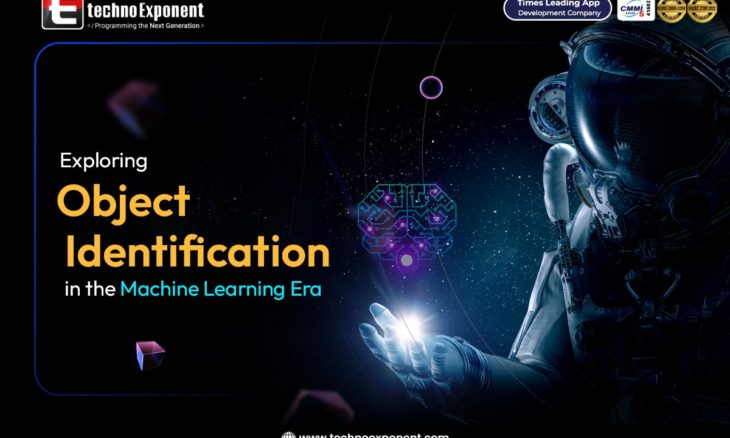
Welcome to the enthralling world of computer vision, where the magic of object detection unfolds. This field has witnessed a surge in advancements, becoming the linchpin of innovation in diverse industries. From enabling self-driving cars to navigate seamlessly through traffic to revolutionizing quality control in manufacturing, object detection has transcended its technological roots to become a catalyst for progress.
Decoding the Essence of Object Detection
At its core, object detection is a formidable task in computer vision. It involves the intricate dance of identifying the presence, location, and types of one or more objects within a given image. Imagine the challenge as a puzzle with multiple pieces: object recognition (discovering where the objects are), object localization (determining their spatial extent), and object classification (deciphering their categories).
Crafting Your Magnum Opus: Building an Object Detection Model
Starting on the journey to create your object detection model is an exhilarating endeavor, encompassing a series of comprehensive steps:
1. Install Essential Libraries
Your toolkit begins with the installation of imperative libraries such as TensorFlow, Keras, and the TensorFlow Object Detection API. These libraries form the bedrock of your object detection model, providing the necessary infrastructure to transform your vision into reality.
2. Gather and Prepare Data: The Backbone of Success
Crafting a robust dataset is akin to laying the foundation of a skyscraper. Immerse yourself in the meticulous process of collecting images that feature the objects you aim to detect. Each image must be a canvas, adorned with carefully labeled bounding boxes encapsulating the essence of each object. The richness of your dataset is the linchpin, influencing the model’s accuracy, versatility, and real-world applicability.
3. Train Your Model: Harnessing the Power of Transfer Learning
Training your model is a symphony of algorithms and data. Transfer learning, a potent technique, enters the stage, allowing you to expedite the training process by capitalizing on a pre-trained model’s knowledge. Picture it as providing your model with a head start, a repository of insights gained from a broader set of data. This approach streamlines the adaptation of the model to your specific object detection requirements, enhancing both efficiency and effectiveness.
4. Evaluate Model Performance: The Litmus Test
The curtains rise in the evaluation phase, where the model’s performance takes center stage. Rigorous testing on a dedicated dataset ensures that your creation not only shines in controlled environments but also possesses the adaptability to thrive in diverse scenarios¹. This litmus test is crucial, separating a good model from a great one.
5. Export the Inference Graph: Innovating Your Model
With the audience applauding, it’s time to export the inference graph. This pivotal step allows you to seamlessly integrate your model into various applications, from real-time object detection systems to innovative projects pushing the boundaries of technological creativity.
Revealing The Secret Sauce of Object Detection Applications
The adoption of object detection technology is akin to a symphony playing across diverse industries, each instrument contributing to a harmonious whole. Let’s explore some of the noteworthy applications:
– Autonomous Vehicles: Navigating the Roads of Tomorrow
Object detection takes the wheel in self-driving cars, enabling them to navigate complex traffic scenarios. The model identifies and responds to the presence of other vehicles, pedestrians, and obstacles, laying the foundation for the future of transportation.
– Public Safety: A Watchful Guardian in Crowded Spaces
In crowded places, object detection becomes a watchful guardian, detecting anomalies and potentially violent behavior. This application enhances public safety and security, providing an extra layer of vigilance where it’s needed most.
– Sports Analytics: Decoding the Playbook
Sports teams leverage object detection to analyze player movements, creating insightful scouting reports. This application enhances strategic decision-making and opens new frontiers in sports analytics.
– Manufacturing Quality Control: Precision in Every Detail
Object detection becomes the guardian of precision in manufacturing. It inspects and verifies the quality of parts, minimizing defects, and elevating overall product quality.
Object Detection: Empowering Your Creative Journey
Object detection is not merely a technological tool but a catalyst for transformative innovation. By identifying the intricate process of building your object detection model, you wield the power to shape the future of technology. The fusion of the latest algorithms, creative applications, and perseverance awaits as you begin the thrilling journey of object detection. Dive into the depths, explore the nuances, and let your innovations reshape the tapestry of tomorrow. The canvas is yours—paint a masterpiece.
 +44 141 628 8980
+44 141 628 8980
 (786) 269-2247
(786) 269-2247
 +61 872007153
+61 872007153
 +91 8900027268 (Sales only)
+91 8900027268 (Sales only)







